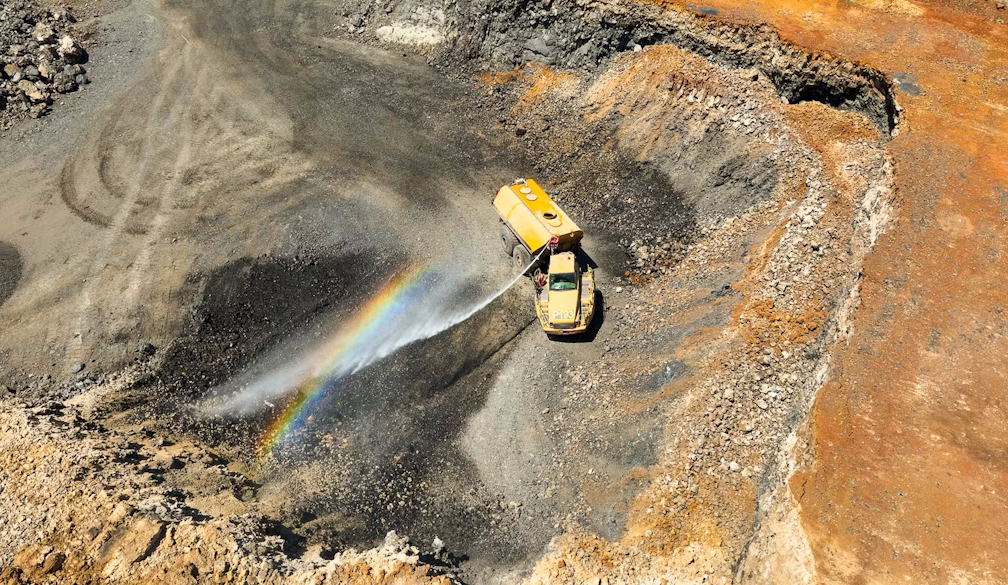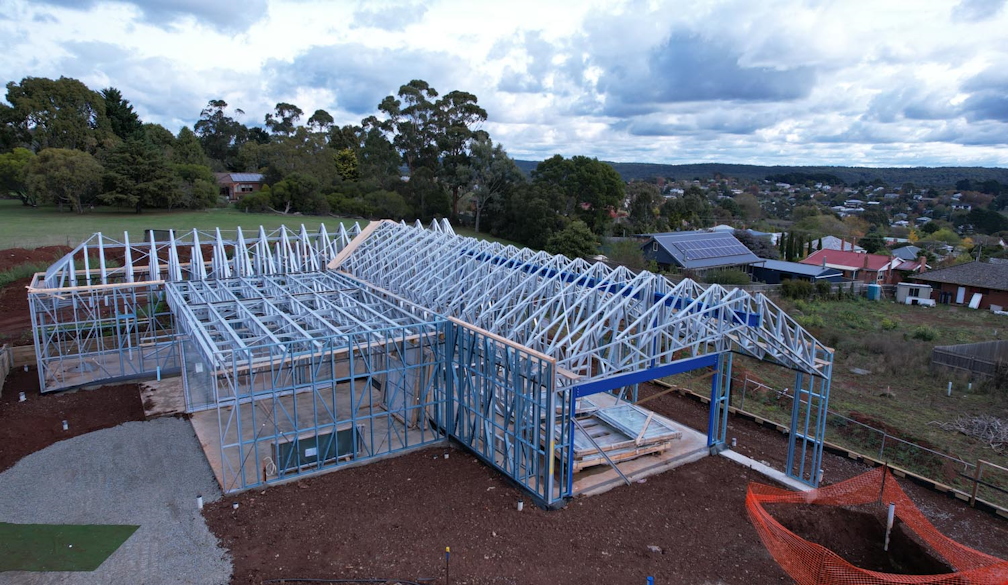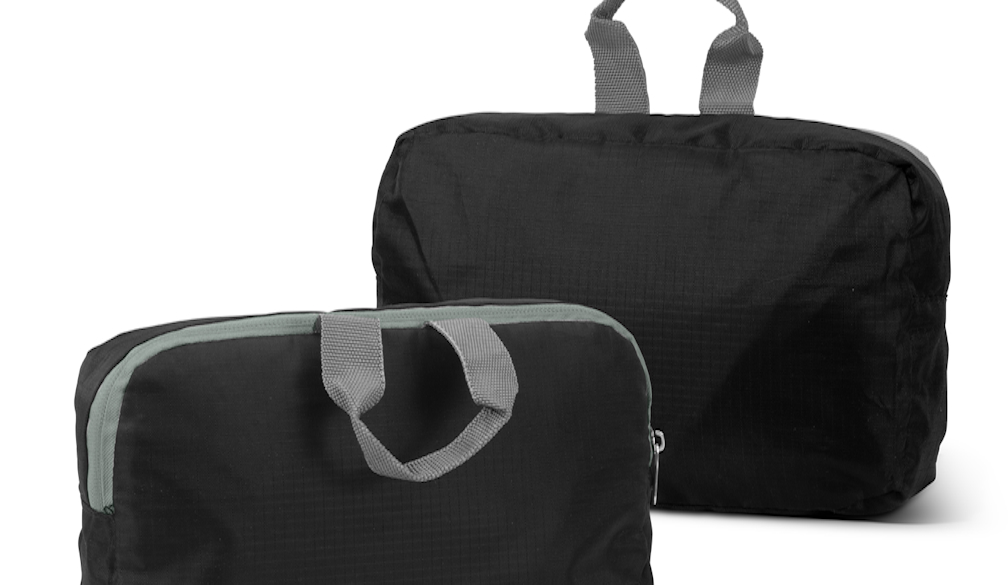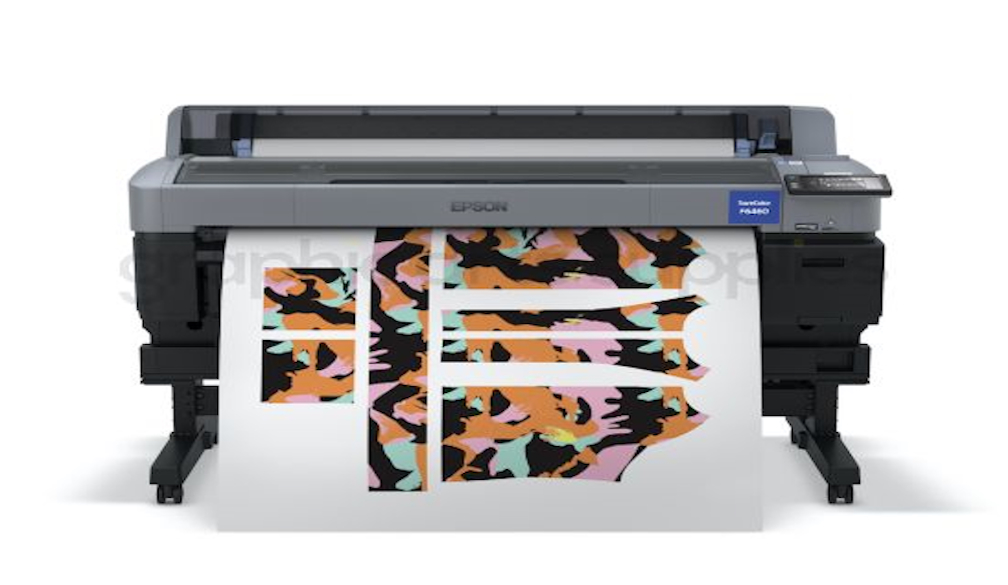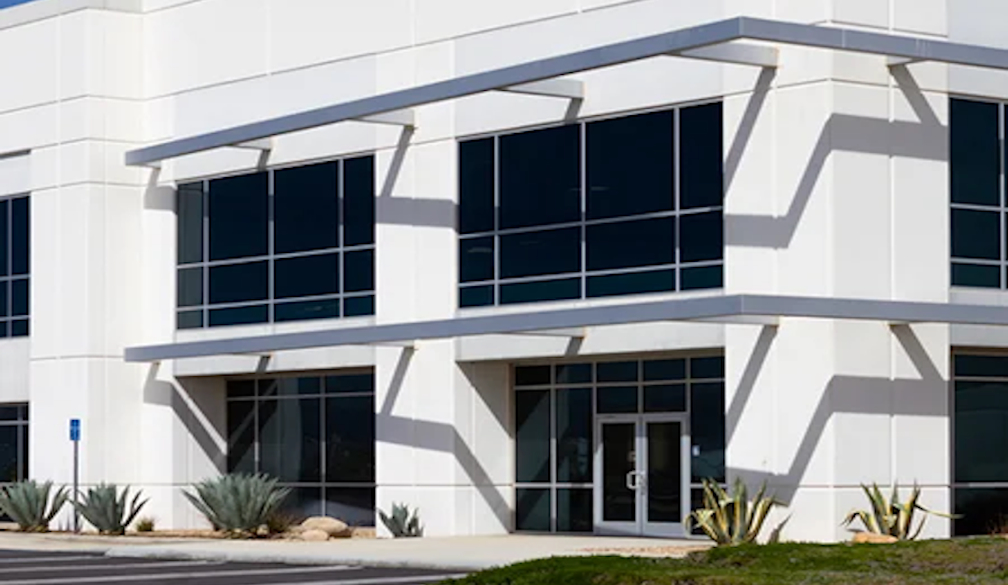How a Lawyer Can Help with Commercial Litigation and Dispute Resolution
- Written by The Post

Commercial litigation and dispute resolution are critical aspects of the business world that can significantly impact a company's operations and reputation. Navigating these complex legal cases requires expertise and experience. This is where a lawyer becomes an invaluable asset, guiding businesses through the intricate processes of commercial litigation and dispute resolution to achieve favourable outcomes.
Understanding the Complexities of Commercial Litigation
Commercial litigation involves legal disputes related to business issues, such as contract breaches, partnership disputes or intellectual property conflicts. These disputes can be intricate, often involving substantial documentation and legal nuances. A lawyer with expertise in commercial litigation can interpret and apply the relevant laws to your case, ensuring that your rights are protected. They can develop a comprehensive legal strategy, represent you in court proceedings and handle all aspects of the litigation process. With a lawyer's assistance, you can navigate commercial litigation with greater confidence and a higher chance of a positive outcome.
The Role of a Lawyer in Dispute Resolution
Dispute resolution encompasses various methods used to resolve conflicts without resorting to traditional litigation. These methods include negotiation, mediation and arbitration. A lawyer experienced in dispute resolution can advise on the most appropriate strategy based on the specifics of your case. They act as intermediaries, facilitating discussions between parties to reach a mutually acceptable agreement. Their knowledge of commercial litigation and dispute resolution ensures that any settlement is fair and legally sound. By opting for dispute resolution, businesses can save time and resources while preserving professional relationships.
Protecting Your Business Interests
Engaging a lawyer ensures that your business interests will be safeguarded throughout the legal process. They can identify potential risks and advise on compliance with relevant laws and regulations. This proactive approach can prevent disputes from arising in the first place.
In the event of a dispute, a lawyer can work fast to minimise disruption to your business. They’ll handle all legal communications, allowing you to focus on your core operations. Their objective is to resolve issues efficiently, reducing the impact on your company's productivity and reputation.
Expertise in Negotiation & Settlement
Lawyers bring valuable negotiation skills to commercial litigation and dispute resolution. They understand the art of negotiation, aiming to achieve the best possible terms for their clients. Whether it's securing a favourable settlement or negotiating contract terms, their expertise is crucial. They can evaluate the strengths and weaknesses of your case, providing realistic assessments of potential outcomes. This insight allows you to make informed decisions about how to proceed, such as whether to settle or escalate the matter legally.


